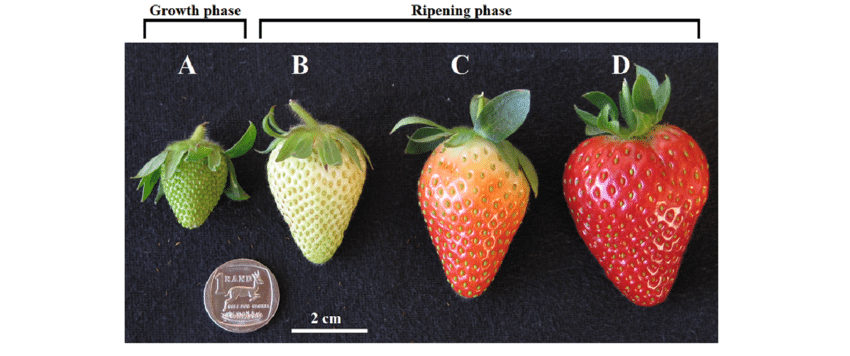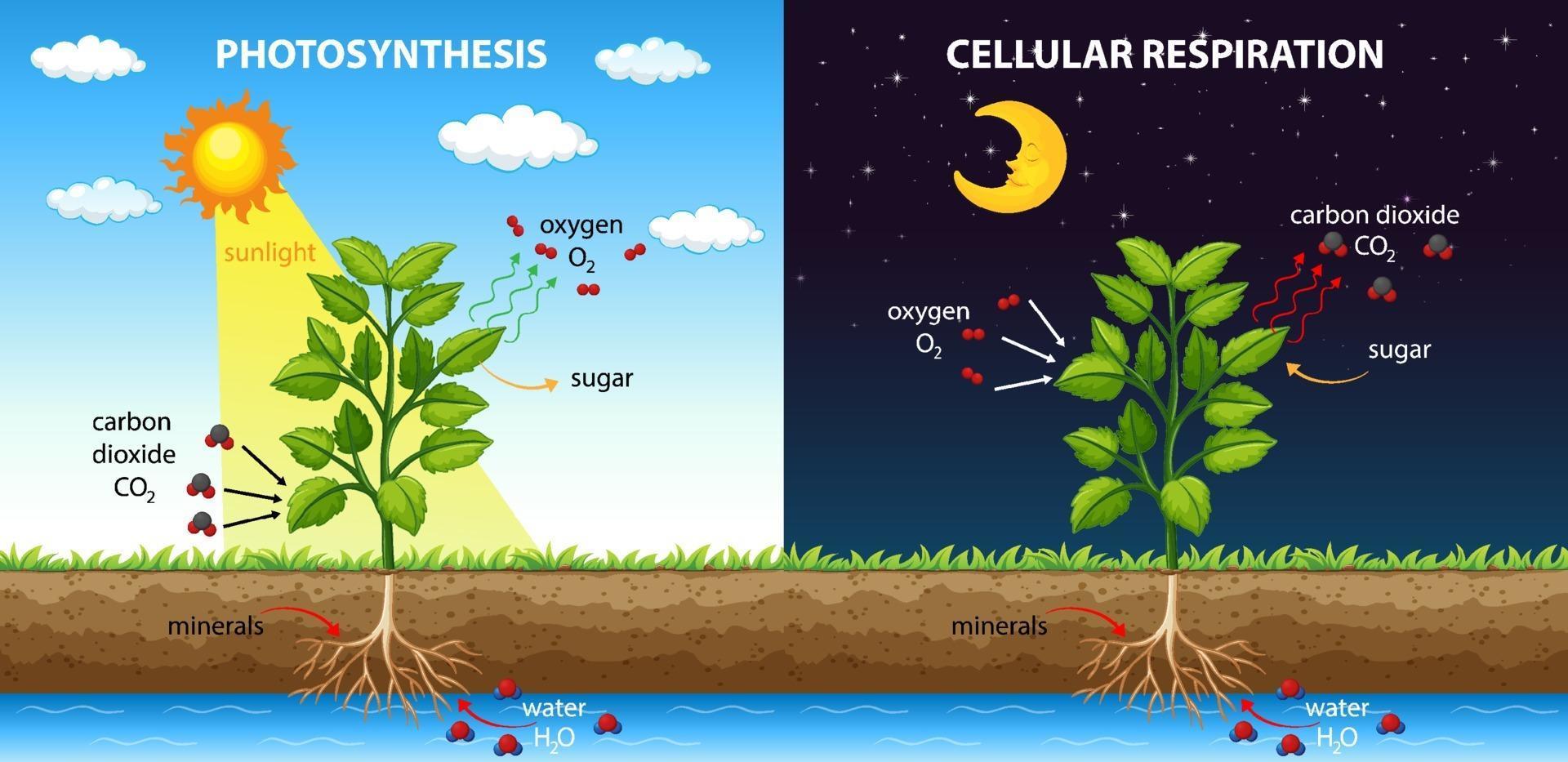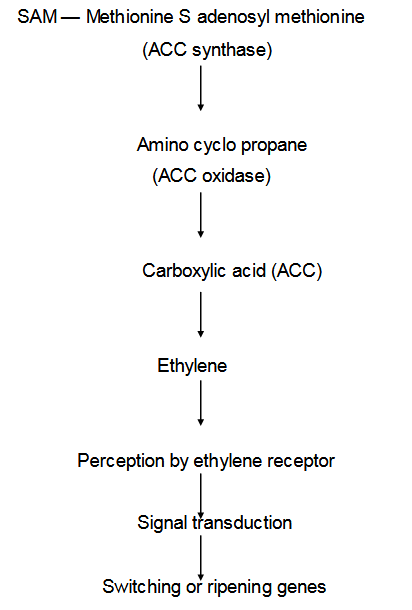Maturity
It is the stage of full development of tissue of fruit and vegetables only after which it will ripen normally. During the process of maturation, the fruit receives a regular supply of food material from the plant. When mature, the abscission or corky layer which forms at the stern end stops this inflow. Afterwards, the fruit depends on its own reserves, carbohydrates are dehydrated, and sugars accumulate until the sugar-acid ratio form. In addition to this, typical flavour and characteristic colour also develop. it has been determined that the stage of maturity at the time of picking influences the storage life and quality of fruit, when picked immature like mango develop white patches or air pockets during ripening and lacking in normal Brix acid ratio or sugar-acid ratio, taste and flavour on the other hand, if the fruits are harvested over mature or full ripe they are easily susceptible to microbial and physiological spoilage and their storage life, is considerably reduced. Such fruits persist numerous problems during handling, storage and transportation. Therefore, it is necessary or essential to pick up the fruits or vegetables at the correct stage of maturity to facilitate proper ripening, distant transportation and maximum storage life.
Seeds develop inside the ovary wall where various hormones are induced in the fruit for specific growth metabolic processes.
First cytokinins are produced. Cytokinins are released from the seed to stimulate cell division in the ovary wall. This leads to the thickening of the wall of the fruit.
The next hormone produced is gibberellic acid. This hormone is released to the ovary wall where it induces rapid expansion of individual cells. This combination of the increased number of cells and the expansion of cells leads to drastic increases in the size of the ovary.
At the same time, the mother plant produces the hormone abscisic acid. Abscisic acid causes the embryo inside the developing seeds to become dormant, ensuring that the seed does not sprout whilst inside the warm, moist fruit.
Where seedless fruit types have been developed, a solution of gibberellic acid can be applied to the fruit to ensure that full-sized fruit develops. The number of applications required and the stage of treatment may differ between cops. Important to note is that without these treatments the fruits will not reach the market sizes required.

Fruit Ripening
Unripe fruit is generally hard, green, sour, lacks scent; its starch content is high and therefore has no taste. Fruit will ripen once a “ripening signal” has been received. This signal is a rapid increase or burst in ethylene production which leads to metabolic changes, causing the fruit to ripen. Ethylene is a simple gas CH2 that is produced within the fruit. The gas is discarded into the atmosphere. Often ethylene production is initiated when the fruit is injured e.g. during the picking process. As a result of the ethylene burst, enzymes are produced that are essential in the ripening process.
These enzymes may include hydrolases that aid in breaking down specific chemicals in the fruits, amylases that are required to hydrolyse starch into sugar and pectinases that catalyze the degradation of pectin (the substance that glues cells together). The combined action of these enzymes alters the composition characteristics of the fruit.
Responses that occur may include:
- Chlorophyll is broken down
- New pigments are formed that colour the fruit
- Acids are degraded, thus changing the fruit from sour to neutral.
- Starch is degraded to sugar.
- Pectin is degraded, thus separating the cells resulting in a softer fruit.
- Often the degradation of organic compounds occurs, leading to volatile compounds being formed which escape the fruit, leaving an aroma.
As a producer, one can manipulate fruit ripening because of the way the ripening process is initiated. This is extremely important in the case of bananas as they ripen very unevenly and over an extremely long time on the mother plant. In addition, ripe bananas have an extremely short shelf life. Because of this, they are picked and shipped green. Once the consignment arrives at the destination, the crop is treated with ethylene in specialised warehouses. This causes even coordinated ripening, where all bunches will ripen at the same time, making it easier to market the produce.
Citrus, for export purposes, is harvested when still green.
Changes During Fruit Ripening
Cell Wall Changes: Cell wall consists of pectic substances and cellulose as the main components along with small amounts of hemicellulose and non-cellulosic polysaccharides. In the cell wall, the changes particularly in the middle lamella which is rich in pectic polysaccharides are degraded and solubilised during ripening. During this softening, there is a loss of neutral sugars (galactose and arabinose-major components of neutral protein) and acidic pectin (rhamnogalacturonan) of all cell walls. The major enzymes implicated in the softening of fruits are pectine1asterase, polygalacturonase cellulase and β- galactosidase.
Starch: During fruit ripening sugar levels within fruit tend to increase due to either increased sugar importation from the plant or to the mobilization of starch reserves within the fruit, depending on the fruit type and whether it is ripened on or off the plant. With the advancement of maturity, the accumulated starch is hydrolysed into sugars (glucose, fructose or sugars) which are known as a characteristic event for fruit ripening. Further breakdown of sucrose into glucose and fructose is probably mediated by the action of invertase. In vegetables like potatoes and peas, on the other hand, the higher sucrose content which remains high at a fresh immature stage converts into starch with the approach of maturity.
Organic Acids: With the onset of fruit ripening there is a downward trend in the levels of organic acids. The decline in the content of organic acids during fruit ripening might be the result of an increase in membrane permeability which allows acids to be stored in the respiring cells, formation of salts of malic acid, reduction in the amounts of acid translocated from the leaves, reduced ability of fruits to synthesize organic acids with fruit maturity, translocation into sugars and dilution effect due to the increase in the volume of fruit.
Colour: With the approach of maturation, the most obvious change which takes place is the degradation of chlorophyll and is accompanied by the synthesis of other pigments usually either anthocyanins or carotenoids. They can give rise to a wide range of colours (from red to blue). The chloroplasts in green immature fruit generally lose chlorophyll on ripening and change into chromoplasts that contain carotenoid pigments. Carotenoids are normally synthesized in green plant tissue a major product being 3-carotene. However, in many fruits additional -carotene and lycopene are synthesized during ripening.
Flavouring Compounds: Although fruit flavour depends on the complex interaction of sugars, organic acids, phenolics and volatile compounds the characteristic flavour of an individual fruit or vegetable is derived from the production of specific flavouring volatile. These compounds are mainly esters, alcohols, aldehydes, acids and ketones. At least 230 and 330 different compounds in apple and orange fruits have been indicated respectively.
Ascorbic Acid: L-ascorbic acid (Vitamin C) is the naturally occurring ascorbic acid in fruits. A reduced amount of ascorbic acid is noticed in pome, stone and berry fruits at the time of harvest. An increase in ascorbic acid content with the increase in fruit growth has been and the levels declined with the advancement of maturity and onset of fruit ripening in pear, sweet potatoes, potato, asparagus and okra during the course of post-harvest handling.
Phenolics: The phenolic content of most fruits declines from high levels during early growth to low levels when the fruit is considered to be physiologically mature and thereafter susceptible to the induction of ripening.
Amino Acids and Proteins: Decrease in free amino acid which often reflects an increase in protein synthesis. During senescence, the level of free amino acids increases reflecting breakdown enzymes and decreased metabolic activity.
Ethylene Production and Respiration: Physiological events responsible for the ripening process are as follows:
- Ethylene production
- Rise in respiration
Ethylene production: In climacteric fruits such as mango, banana, ethylene production increase and causes:
- Rise in respiration
- Rise in temperature
- Rise inactivity of hydrolytic enzymes.
Ethylene is produced from the essential amino acid — methionine. Following the steps as below:
Rise in Respiration: Respiration is required for releasing energy and the substrate for the synthesis of several organic compounds required in the ripening process. During ripening in climacteric fruits, there is a rise in respiration called climacteric. The climacteric peak is obtained very fast when the temperature is relatively high. Respiration is a most deteriorating process of the harvested fruits and vegetables which leads to the oxidative breakdown of the complex materials (carbohydrates or acids) of cells into simpler molecules (CO2and water) with the concurrent production of the energy required by the cell for the completion of chemical reactions. In brief, the process of respiration can be summed up with the following reaction:
C6H1206+6O26 →CO2+ 6 H20 + energy

Click here to view a video that explains respiration in plants.
Use Of Chemicals For Increasing Shelf Life Of Fruits And Vegetables
Ethylene Absorbent
Ethylene is responsible for decreasing shelf life. Putting KMNO4 @ 100 ppm soaked filter paper can minimize ripening and increase shelf life. In Banana, this method is very useful.
Antifungal Agents
- SOPP: Sodium orthophenylphenate
- Diphenyl wraps protection against moulds, stem-end rot.
- Dibromoletrachloroethane and esters give better flavour.
Use of Inhibitors

Use of Auxins
Also helpful to advance in ripening and may increase shelf life.

Vegetables can be preserved by lactic acid and may increase the shelf life.
Postharvest dipping of papaya fruits either in l00 ppm GA3or CaCl2al 2% extended shelf life up to 9 days without any decline in quality.
